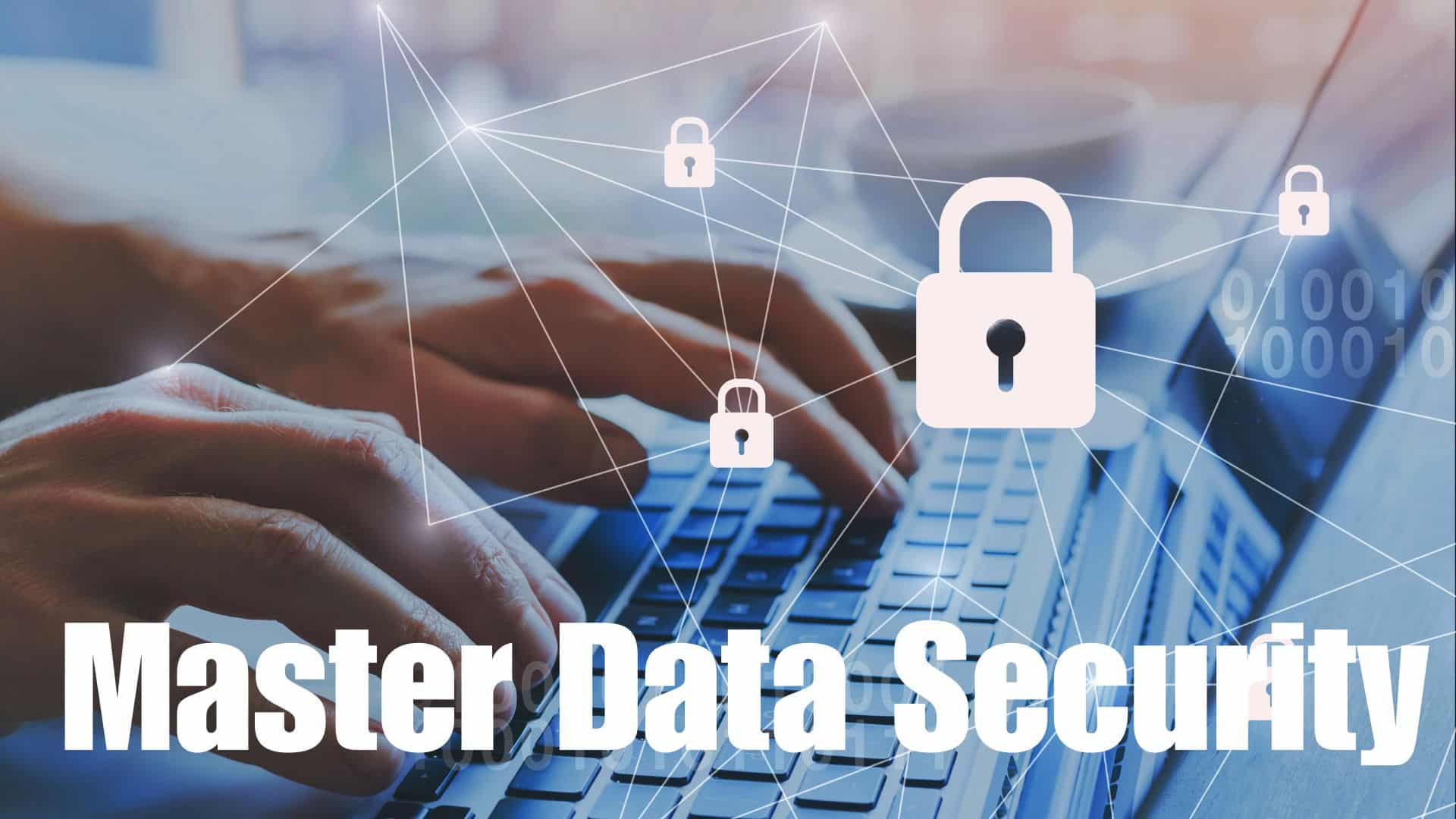Mastering Data Security: A Comprehensive Guide in the Digital Age
With its plethora of conveniences, the digital era also ushers in a new set of challenges. Among these, the security of personal and sensitive data stands out prominently. As online transactions become commonplace, social media platforms proliferate, and cloud storage expands, ensuring that our digital footprints remain secure becomes a priority.
Decoding the Digital Threat Landscape
In the vast expanse of our interconnected world, no one is immune from cyber threats. These aren’t challenges faced solely by massive corporations or tech giants. Every individual is a potential target, from the budding entrepreneur operating from a home office to the grandparent staying connected with family overseas. Recognizing this universal vulnerability is the first step. Adopting measures for digital safety is no longer just beneficial; it’s imperative.
Understanding Data Deletion vs. Data Erasure
A common misconception in data security is equating data deletion with complete data removal. Simply hitting the ‘delete’ button doesn’t ensure your data is gone forever. Instead, this action merely removes the immediate path to access the data. This ‘deleted’ data can be retrieved with the right tools and expertise. Truly erasing data from storage devices requires a more thorough process, ensuring that it can’t be recovered.

Best Practices for Ensuring Data Security
To bolster your digital security stance, here’s a curated list of best practices that are both effective and easy to adopt:
- Routine Backups: Regularly backup crucial data. This not only ensures data recovery in case of accidental deletions but also in instances of ransomware attacks.
- Prompt Software Updates: Keep your operating system and software applications updated. This action defends against known vulnerabilities.
- Embrace Encryption: Use encryption for sensitive data, ensuring it remains secure during transit and when stored.
- Adopt Multi-Factor Authentication: Employ MFA for critical systems and data repositories to add an extra layer of security.
- Educate and Train: Human error can be a significant vulnerability. Regularly update and train individuals on the evolving landscape of data security.
- Conduct Security Audits: Review and evaluate your security measures to identify weaknesses.
- Utilize Data Erasure Tools: Ensure permanent data deletion by using certified tools that overwrite data sectors multiple times.
- Install Firewalls and Antivirus Systems: A robust firewall, complemented by updated antivirus software, provides essential defense mechanisms against cyber threats.
- Control Access: Implement strict controls on who can access what data, minimizing potential internal threats.
- Stay Updated: With cybersecurity, knowledge is power. Remain informed about the latest threats and the tools available to counter them.
Navigating the Future of Digital Safety
The world of technology is dynamic, with constant advancements leading to new challenges. Staying protected requires vigilance, continuous learning, and a proactive approach to security. Understanding and implementing data security measures becomes beneficial and vital as we further integrate digital tools into our daily lives.
In summary, the vast world of digital interactions demands a robust defense mechanism, and knowledge paired with action remains our most potent weapon against threats.

